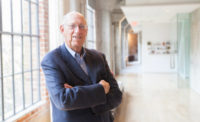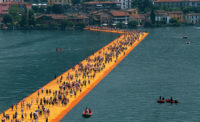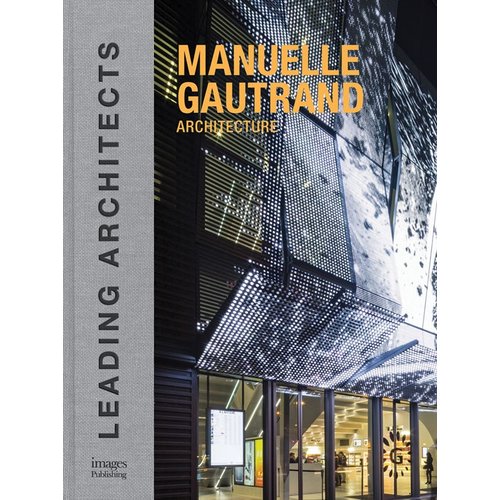The celebrated Cuban architect and urban planner Mario Coyula Cowley died in Havana on July 7, after a long battle with cancer. He was 79 years old. During his career Coyula was director of the School of Architecture at the Instituto Superior Politécnico José Antonio Echeverria (ISPJAE), head of the Group for the Integral Development of the Capital, founding president of the Monuments Commission of Havana, and director of the Office of Architecture and Urbanism of the City of Havana—all prestigious posts in the Cuban architectural community. In 2013 he was awarded the Premio Nacional de Patrimonio Cultural, the country's highest honor for cultural contribution.
Coyula was born in 1935 into a distinguished Havana family of intellectuals and civic leaders. He was an exceptional member of the upper class intelligentsia who chose to remain in Cuba after the revolution and to apply his talents to the socialist experiment, and who endured. During the turmoil that led up to the triumph of the revolution on January 1, 1959, Coyula was a student activist (the school of architecture at the University of Havana being one of the more radical entities in support of the revolution).
In 1958 he was an officer with the Engineering Corps of the rebel army. Not long after the revolution, with his young colleagues Emilio Escobar, Sonia Domínguez, and Armando Hernández, Coyula won an international design competition for a monument to commemorate the scores of protesting students gunned down by the dictator Batista’s forces. El Parque de los Mártires Universitarios, completed in 1967, with its landscape of concrete shards and abstracted bas-relief human forms, stands at a major intersection down the hill from the University steps, where it remains one of Havana's most powerful monuments to the revolution.
A member of the creatively ambitious generation of the 1960s who sought to design the new Cuba, Coyula's other built work includes innovative student housing at the Ciudad Escolar Camilo Cienfuegos and (with Emilio Escobar) the award-winning Mausoleum of the Martyrs of the 13th of March, in the Cristobal Colón cemetery.
In addition to being for many years a revered professor of architecture at ISPJAE, Coyula held guest professorships at Harvard's Graduate School of Design and the Angewandte University in Vienna. He traveled and lectured widely, and was the author of numerous publications, including the 2002 volume Havana, Two Faces of the Antillean Metropolis (with Roberto Segre and Joseph L. Scarpaci).
Many people in the North American architecture and urban planning community came to know and appreciate Coyula as a consequence of his gracious generosity in receiving professional visitors in Havana, granting interviews and guiding tours. This is how I first came to know him, though family connections and other shared interests led to a close personal friendship. After his retirement from his official position as chief planner for the city of Havana, Mario became increasingly vocal in his criticism of government policies, or neglectful inaction, that have allowed the aesthetic degradation of his beloved city. His voice will be greatly missed.
Belmont Freeman, FAIA, is the founding principal of Belmont Freeman Architects in New York and an adjunct associate professor at Columbia University's Graduate School of Architecture, Planning and Preservation. An American of Cuban descent, Freeman has written and lectured widely on the subject of Cuban architecture.











Post a comment to this article
Report Abusive Comment